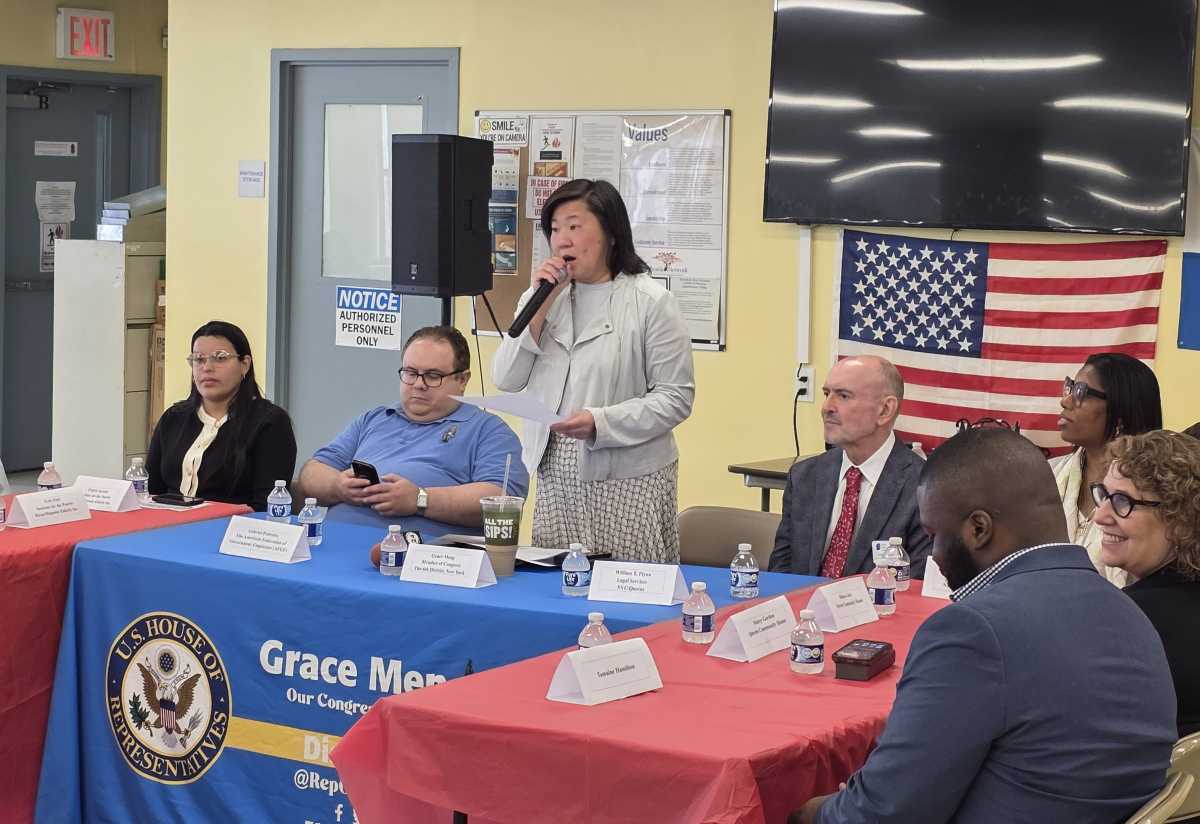AARP New York is celebrating the 90th anniversary of Social Security’s creation this year, launching a campaign to advocate for benefits, educate Americans about the federal program, and recruit more volunteers for the organization.
The campaign is part of a national anniversary initiative that includes hundreds of events across the 50 states, Washington, Puerto Rico, and the U.S. Virgin Islands. Joe Stelling, the associate state director of Advocacy at AARP New York, said Social Security benefits are particularly essential in New York state, where 3.7 million residents — one in five New Yorkers — receive benefits.
“Ninety years ago, our country made a promise to provide hardworking Americans with a foundation for financial security in retirement,” Stelling said. “Social Security is one of the most successful and popular initiatives in history. It’s helped generations of Americans stay out of poverty and live with dignity after a lifetime of hard work.”
AARP New York and AARP chapters across the country kicked off their campaign on May 14, celebrating 90 years of Social Security over 90 days.
The AARP has been working with members of Congress on both sides of the political aisle to save Social Security funds, which are in danger of running out if Congress does not act to save funding. Though President Donald Trump has said multiple times that he has no plans to cut Medicare or Social Security, Trump’s Department of Government Efficiency has targeted the Social Security Administration, the central agency managing Social Security programs, in its staff cuts across the federal government.
In May, 14 House Republicans wrote to Trump’s newly-appointed Social Security Chief Frank Bisignano urging him to prevent further cuts to staff and resources that could “further deteriorate customer service that has been subpar in recent years.”
Stelling said that the AARP’s efforts to protect Social Security have always been, and remain, bipartisan.
“It doesn’t matter what side of the aisle you’re on,” Stelling said. “This is a bedrock program for constituents across the state and I think our members understand that, I think our leaders understand that.”
In New York state, the largest group of Social Security beneficiaries are the state’s 2.7 million retired workers, who account for 74% of all beneficiaries in the state. Social Security provides income to 434,000 individuals on disability benefits, and 323,190 spouses, former spouses, widows, widowers, and parents of deceased beneficiaries account for 8.7% of New York State’s Social Security beneficiaries. Over 200,000 children in the state receive Social Security benefits.
Social Security has long faced complaints over customer service, with individuals reporting long wait times or unresponsiveness when calling the agency to inquire about their benefits. Stelling said that the AARP is advocating not just for the viability of Social Security and the persistence of funds but also for Social Security’s functioning as an effective communicator of its service.
“One huge issue for us, a challenge that we hear about a lot from our members is around basic customer service and making sure that the program is there for them, not only continues to pay out benefits on time, as it always has, but also, somebody can get somebody to answer the phone when they call and get that basic customer service,” Stelling said.
One of the AARP’s primary points of advocacy at the moment is the Bonus Tax Relief for America’s Seniors Act, a bill in Congress sponsored by Rep. Nicole Malliotakis (R-Staten Island/Brooklyn). As costs rise across the country, the legislation seeks to put money back in the pockets of older Americans through tax relief. The AARP is urging Congress to include the bill in the reconciliation package as part of Trump’s effort to reduce the federal Social Security tax, Stelling said.
Stelling said that as the country looks back on 90 years of Social Security, the key to protecting the program going forward is through bipartisan efforts. He noted the last major reform to Social Security, which took place in the 1980s and was the product of bipartisan negotiations.
“This 90th anniversary isn’t just a celebration. It’s a time for reflection and to look toward the future,” Stelling said. “Social Security is still doing what it was built to do, but it’s up to us to make sure it’s there for the next 90 years.”





































